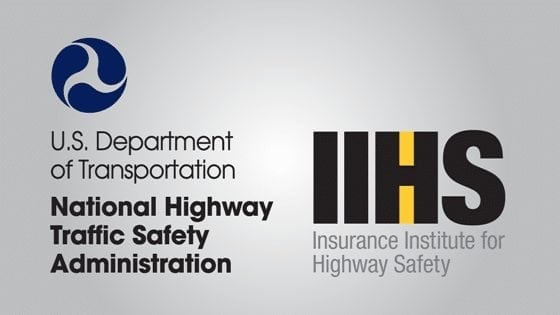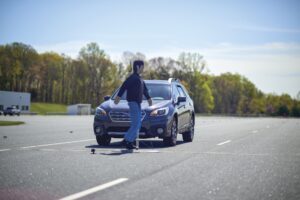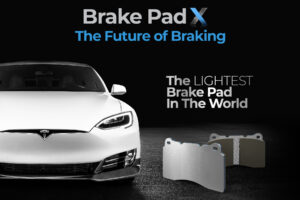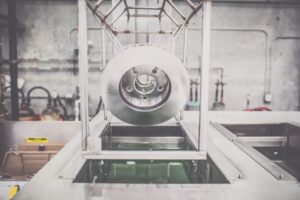Source: Insurance Institute for Highway Safety
ARLINGTON, Va. – The Insurance Institute for Highway Safety (IIHS) rated the pedestrian crash prevention systems of 16 midsize cars in the lead-up to Halloween, a holiday that consistently ranks among the deadliest days for pedestrians in the United States.
Four luxury and two nonluxury midsize cars earn a superior rating for their pedestrian crash prevention systems, while four nonluxury cars earn only a basic rating or no credit. Another six cars earn an advanced rating.
Annual pedestrian fatalities have increased 53 percent since reaching a low point in 2009 (see “Study highlights rising pedestrian deaths, points toward solutions,” May 8, 2018). More than 6,000 pedestrians were killed in 2018. During 2013-17, the two deadliest days of the year for pedestrians on average were Oct. 31 and Nov. 1 (or after midnight on Halloween).
Technology could be part of the solution. Many manufacturers are upgrading the automatic emergency braking systems they have agreed to install by 2022 to recognize pedestrians, in addition to other vehicles. These systems scan the path ahead and automatically apply the brakes to avoid hitting people in the roadway.
About two-thirds of the vehicles that IIHS rates included pedestrian detection in 2019, in many cases as standard equipment. Among the vehicles evaluated in this current round of testing, pedestrian crash prevention is standard on all six luxury cars and six out of 10 nonluxury cars.
When they work correctly, such systems can help avert tragedy. A 2017 Highway Loss Data Institute analysis, for instance, found that Subaru’s EyeSight system with pedestrian detection cut the rate of likely pedestrian-related insurance claims by 35 percent, compared with the same vehicles without the system (see “Subaru crash avoidance system cuts pedestrian crashes,” May 8, 2018).
“Pedestrians are the most vulnerable road users, so it’s encouraging that pedestrian crash prevention systems are standard equipment in 12 out of the 16 midsize cars we tested, including five out of six superior-rated systems,” says IIHS President David Harkey.
Most pedestrian crash prevention systems use one or two forward-facing cameras mounted near the rearview mirror and/or radar sensors in the front grille to scan the roadway for pedestrians poised to enter the vehicle’s path. Algorithms determine if the detected objects are pedestrians. In some cases, they can recognize bicyclists or animals too. If the software calculates that a collision is imminent, it alerts the driver and applies the brakes faster than a human can react.
The performance of the systems varies widely, the latest IIHS ratings show.
The Audi A4, BMW 3 series, Mercedes-Benz C-Class, Nissan Maxima, Subaru Outback and Volvo S60 have systems that earn superior ratings. They avoided collisions or slowed substantially in track tests.
“Car makers often roll out these kinds of advanced systems in more expensive luxury lines or as expensive options, so the superior performance of the standard systems on the more mainstream Maxima and Outback is noteworthy,” Harkey says.
At the other end of the spectrum, the Ford Fusion, Hyundai Sonata and Kia Optima earn no credit because they failed to slow significantly in multiple scenarios.
The C-Class, 3 series and Chevrolet Malibu each offer two different pedestrian crash prevention systems. On the C-Class, the optional system earns a superior rating, while the standard one earns a basic rating. On the 3 series, the standard system surprisingly earns a higher rating of superior, while the more costly optional system earns an advanced rating. Both of the Malibu’s optional systems — a camera only and a camera plus radar — earn basic ratings.
The entire IIHS post can be read by clicking on this sentence.








